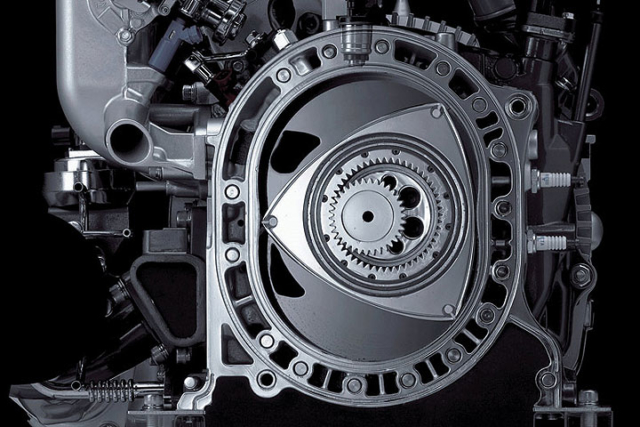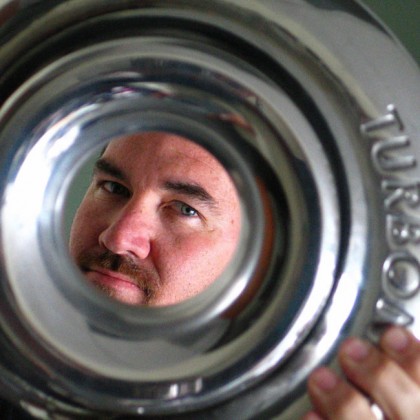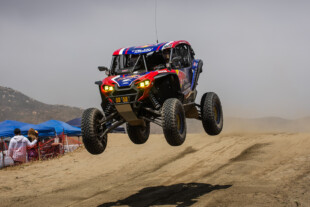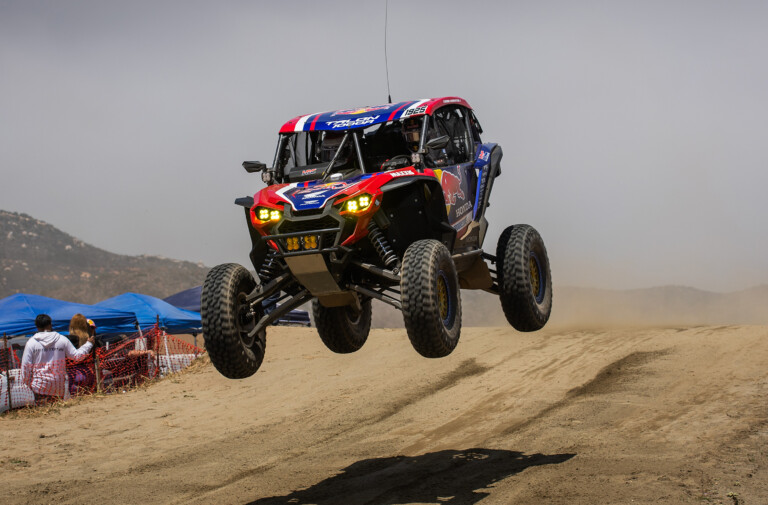 Why do you snicker if someone asks you about camshafts for Mazda 13B rotary engine? The rotary engine is different than conventional piston engines because they have no pistons, rods, crankshaft, or valvetrain … including camshafts.
Why do you snicker if someone asks you about camshafts for Mazda 13B rotary engine? The rotary engine is different than conventional piston engines because they have no pistons, rods, crankshaft, or valvetrain … including camshafts.
The first development motor made by Mazda was the 40A. It was a feasibility prototype built to test the concept with an eye to production. Two hiccups were encountered as the engine consumed oil and marred the housing.
The first concept prototype Mazda rotary engine was the 798 cc L8A that debuted at the 1963 Tokyo Motor Show under the hood of a Mazda Cosmo concept car. Mazda followed this up with the first true production version of its rotary design, the 10A. The twin rotor 10A displaced 982 cc. Like the prototype, the 10A was teamed with the Cosmo from ’65 through 1968. It produced 110 horsepower at 7,000 rpm.
The lessons learned were instilled in the Mazda 12A which featured larger housings and therefore a larger displacement of 1,146 cc. From 1970 to 1974 this engine motivated the R100, RX-2, RX-3, and RX-4. A version of it also powered the first RX-7 from 1978 and 1979.
The 13B was the breakthrough iteration as it had all the evolution and it was able to take advantage of the technological significance of electronic fuel injection. The 13B started as a carbureted entity but during the run of the FC RX-7 it went EFI and got a turbocharger. In 1992 when the infamous FD RX-7 debuted the stars had aligned. The sequentially turbocharged 13B was rated at 255 horsepower in U.S. spec RX-7s.

There is a four-rotor Mazda engine under that manifolding and piping. It’s pressurized by four turbos.. we like the symmetry of that.
During this time the experimentation with four-rotor engines and more exotic boosting and tuning made the rotary a cult favorite. Perhaps its crowning achievement was winning the 24 Hours of LeMans outright in 1991. Today the rotary is still a favorite with those who dare to be different or have a lust for high-rpm power, or both.





















